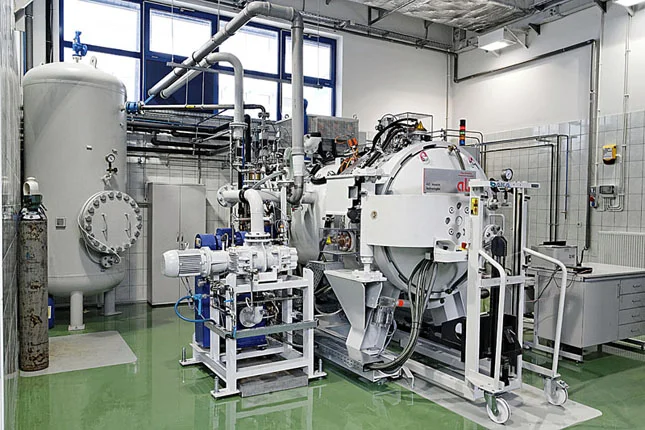In the vast expanse of technological advancements, one field quietly but significantly influences various industries and scientific endeavors – vacuum technology. From manufacturing processes to space exploration, vacuum technologies plays a pivotal role, enabling tasks that were once deemed impossible. Let’s delve into the intricacies of this fascinating domain.
Introduction to Vacuum Technology
Vacuum technology revolves around creating and maintaining environments with significantly lower pressure than atmospheric pressure. This absence of air or other gases alters material properties and facilitates numerous industrial and scientific processes.
History and Evolution of Vacuum Technology
The journey of vacuum technology traces back centuries, with notable contributions from scientists like Otto von Guericke and Robert Boyle. The development of vacuum pumps in the 17th and 18th centuries laid the foundation for modern vacuum technologies, which witnessed exponential growth during the industrial revolution.
Importance and Applications of Vacuum Technology
Industrial Applications
In industries such as semiconductor manufacturing, vacuum technologies ensures precise and contamination-free environments essential for producing microchips and electronic components.
Scientific Research
From particle accelerators to electron microscopes, vacuum chambers are indispensable tools in various scientific disciplines, enabling researchers to study matter at atomic and subatomic levels.
Space Exploration
Vacuum technology is instrumental in spacecraft propulsion systems and life support systems, allowing astronauts to explore the cosmos beyond Earth’s atmosphere.
Types of Vacuum Technology
Positive Displacement Pumps
These pumps utilize mechanical means to trap and exhaust gas molecules, commonly used in rough vacuum applications.
Momentum Transfer Pumps
Also known as turbomolecular pumps, these devices use high-speed rotating blades to transfer gas molecules out of the vacuum chamber.
Entrapment Pumps
Entrapment pumps capture gas molecules by adsorption or chemical reaction on solid surfaces within the pump.
Regenerative Pumps
These pumps use a combination of positive displacement and momentum transfer mechanisms to achieve higher vacuum levels efficiently.
Components and Working Principles
Vacuum Chamber
The vacuum chamber provides a sealed environment where the pressure is lower than atmospheric pressure, facilitating various processes.
Vacuum Pump
The vacuum pump evacuates air from the chamber, creating and maintaining the desired vacuum level.
Vacuum Technology in Manufacturing Processes
Semiconductor Industry
In semiconductor fabrication, vacuum technologies ensures clean and controlled environments crucial for producing integrated circuits with nanoscale precision.
Pharmaceutical Industry
Vacuum drying and freeze-drying processes are employed in pharmaceutical manufacturing to preserve the potency and stability of sensitive drugs.
Food Packaging
Vacuum packaging extends the shelf life of perishable food items by removing air and inhibiting the growth of spoilage microorganisms.
Innovations and Advancements in Vacuum Technology
Recent advancements in vacuum technologies include the development of miniature pumps for portable devices and the integration of intelligent control systems for enhanced efficiency and reliability.
Challenges and Limitations
Despite its widespread applications, vacuum technologies faces challenges such as energy consumption, maintenance costs, and the risk of system failure, prompting ongoing research to address these issues.
Future Prospects of Vacuum Technology
With the continuous demand for higher vacuum levels and cleaner processes, the future of vacuum technologies holds promise, driven by innovations in materials, pump designs, and automation technologies.
Conclusion
Vacuum technology serves as the invisible force behind countless industrial processes, scientific discoveries, and technological advancements. Its versatility and reliability make it an indispensable tool in various fields, shaping the way we manufacture products, conduct research, and explore the universe.

